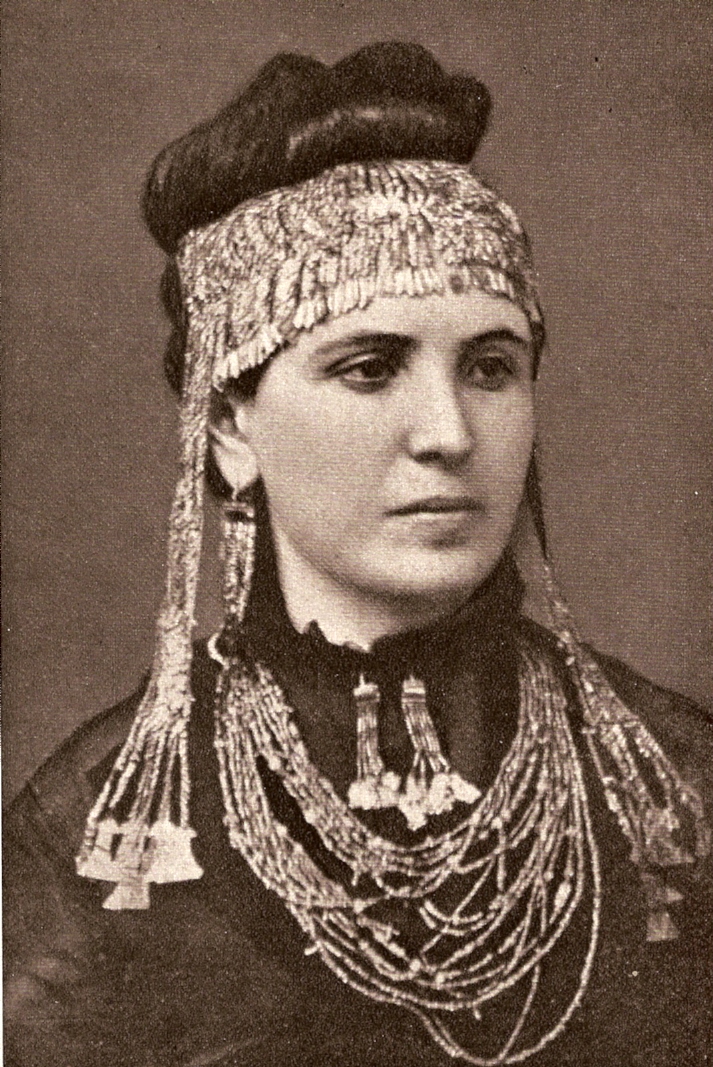1 a : an excavation in which a corpse is buried : grave
b : a place of interment
b : a place of interment
2 : a house, chamber, or vault for the dead
3 : a building or structure resembling a tomb (as in appearance)
When I think of a tomb, the first picture that comes into my head is not of a house. However, in the ancient world there are many house tombs. For instance, in Turkey there is a site called Gordion, which has a number of tumuli. The most impressive excavated so far is Tumulus MM, dated to approximately 740 B.C.E. and is the "oldest standing wooden building in the world" (Digital Gordion).
The tumulus is a wooden cabin, which had one 60-65 year old man's body inside. The cabin was then covered over with a huge man-made mound. As you enter the tomb there is a long passage way that was dug by the excavators and you eventually come to the cabin:
 |
| Fig .1 Cross section of the tumulus |
The burial of the cabin preserved the wood, which allowed it to be dated by dendrochronology (which is dating when the tree was cut down by counting the tree rings). The excavators found that the inside of the tomb was set up like a house, which included "three
large bronze cauldrons; 166 bronze bowls, ladles, and pitchers; 172
bronze fibulae (clothing or safety pins); nine three-legged wooden
tables; and two large inlaid wooden serving stands" (Digital Gordion).
Another example of house tombs are Etruscan tholoi, which actually look like Hobbit Holes:
 |
| Fig. 2 Aerial View of Cerverteri |
 |
| Fig. 3 A Hobbit Hole |
The Etrsucans lived in Italy before the Romans became powerful. They buried their dead in cities of the dead, otherwise known as necropoleis. Two of the best known sites are at Cerveteri and Tarquinia. The tombs had been robbed, but the carvings and wall paintings give archaeologists the best evidence for Etruscan domestic architecture. The tombs are laid out like a house might be with different rooms, and the sculptures have been made to represent chairs, shields, food, tools and benches. The paintings have shown banquets, musicians and everyday activities such as fishing.
| Fig. 4 Interior of the Tomb of the Reliefs |
 |
| Fig. 5 Musicians at a Banquet |
P.S. Here are some additional sources on Gordion:
McGovern, P. E. 2000. "The Funerary Banquet of 'King Midas'," Expedition 42.1, pp. 21-29.
McGovern, P., D. Glusker, R. Moreau, A. Nuñez, C. Beck, E. Simpson,
E. Butrym, L. Exner, and E. Stout. 1999. "A Funerary Feast Fit for King
Midas," Nature 402 (Dec. 23), pp. 863-64.
Simpson, E. 1996. "Phrygian Furniture from Gordion," in The
Furniture of Western Asia: Ancient and Modern, ed. G. Herrmann, Mainz,
pp. 187-208.
Here are some sources for Etruscan tombs:
"Etruscan tomb paintings : their subjects and significance" by Frederik Poulsen
"House Urns and Etuscan Tomb Painting: Tradition Versus Innovation in the Ninth-Seventh Centuries BC" by Robert Leighton
P.P.S. The images that do not have a link after them are personal photos taken in 2011.



